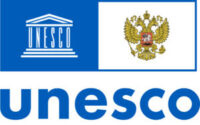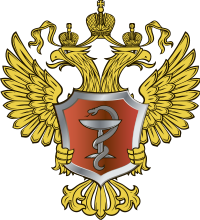The relationship of personality traits and models of coping behavior of adolescents in a situation of uncertainty in the digital space
Today the child is included in the digital space almost from the very birth: the variety of gadgets, the easy accessibility of the internet and other means of mass communication switch the child’s consciousness from the real to the virtual world. And in this case, the digital space is the basis for forming a child’s mental processes, ethnic and cultural identity, mediating his/her life. And adolescence is of particular importance for developing the individual, forming his/her sense-value sphere, working-out behavior patterns.
The goal of the research is to study personality traits and models of coping behavior of adolescents in a situation of uncertainty in the digital space.
The sample involved 29 adolescents aged 13-14 (Group 1) and 28 adolescents aged 16-17 (Group 2) who spend 3 and more hours a day on the Internet.
The empirical study included testing (“Individual Typological Children’s Questionnaire” (L.N. Sobchik); “Strategic Approach to Coping Scale” (S.E. Hobfoll adapted by N.E. Vodopyanova, E.S. Starchenkova)) and statistical data processing.
Results of the research: adolescents of group 1 tend to emphasize their problems (p=0.001) and use the passive model of coping behavior “Cautious action” (p=0.04). They have got positive (“Aggravation”-“Aggressive action”, “Aggressiveness”-“Antisocial action”, “Emotiveness”-“Social Joining”, “Emotiveness”-“Instinctive Action”, “Sensitivity”-“Seeking Social Support”) and negative (“Sensitivity”-“Assertive Action”) correlations (p=0.05). Group 2 has got positive correlations (p=0.05): “Aggravation”-“Assertive Action”, “Aggravation”-“Aggressive action”, “Anxiety”-“Social Joining”.
Conclusion: Adolescents aged 13-14 tend to exaggerate the intensity of their state, any events are of great importance for them. They differ by increased levels of anxiety and aggressiveness. They use such models of coping behavior as “Cautious action”, “Aggressive action” and “Social Joining”.
Adolescents (16-17), being immersed in the virtual space, which shows as rigidity, introversion, and sensitivity, are aimed at social interaction and use “Cautious action”, “Seeking Social Support” and “Social Joining”.

Russian Psychological Society
e-mail: ruspsysoc@gmail.com

Federal Scientific Center for Psychological and Interdisciplinary Research,
Moscow, Russia
e-mail: forumdigitalchildhood@gmail.com

Psychology Department of the Lomonosov Moscow State University,
Moscow, Russia
e-mail: psy@psy.msu.ru









